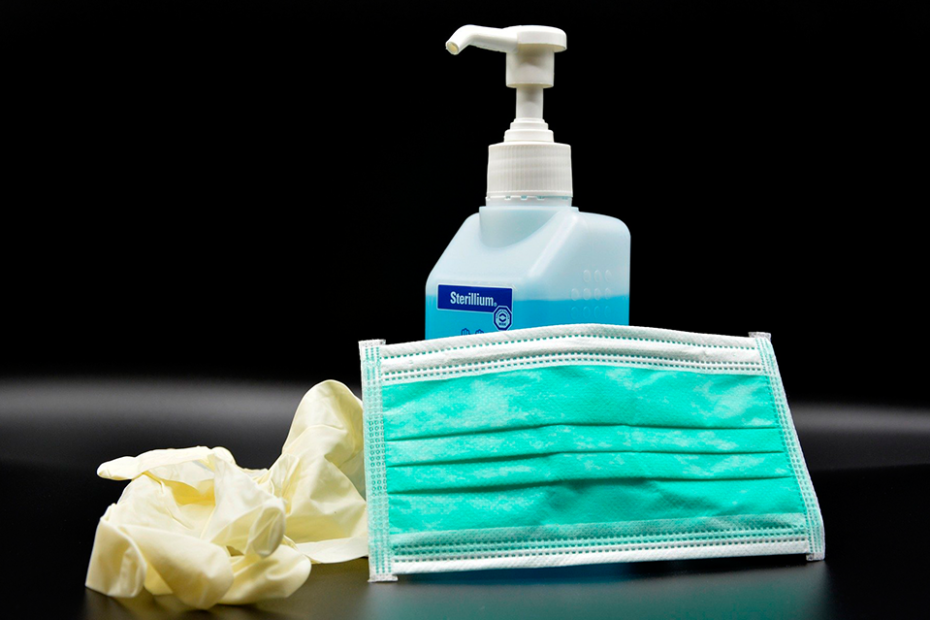The good news is that preventing infection by COVID-19 is actually very simple:
- keep your hands clean/sanitised
- don’t touch your eyes, nose or mouth
- wear a mask
- practise social distancing
- cough or sneeze into your elbow
We already have a lot of empirical data to back up these recommendations and, if we all practised these recommendations 52 weeks a year, there would be a much lower incidences of seasonal flus and colds.
To understand these recommendations, we need to look at the epidemiology of the disease; specifically, how COVID-19 spreads from person to person.
The bad news is that many of us are finding if difficult to stick to the advice or are just doing it wrong! Alas, there are still some people who are in outright denial or defiance.
This needs to be said again and again because with cities on lockdown and government officials giving daily briefs on the direction we are headed if we don’t “flatten the curve”, I still see people on public transit biting their nails, picking their noses and sneezing or coughing into their hands, then grabbing the handrails to get off the vehicles!
Vectors of Transmission
We all need to understand how COVID-19 spreads to help us take the protective measures a whole lot more seriously. So here is my tiny contribution to that understanding, based on what I’ve learned so far.
Direct Transmission
Direct transmission is most common where people congregate and the primary rationale for social distancing.
An infected person passes their body fluids to another person by coughing, sneezing or other direct contact such as kissing. There is new evidence that even breathing can transmit aerosols containing the virus
Indirect Transmission
Indirect transmission follows these steps:
- An infected person passes their body fluids
- to surfaces directly by coughing, sneezing or possibly even breathing
- to surfaces via their hands
- An uninfected person touches a contaminated surface, typically with their hands
- That person touches their eyes, nose or mouth with their contaminated hands
- The virus, now present in the body fluids of the new person, infects them and begins replicating.
Long-Term Exposure
Something we are learning is that being continuously exposed to infected patients is increasing the chances of getting infected. We do know that, with many bacteria and viruses, the chances of succumbing to infection-related illness is related to the degree of exposure; that is, the quantity of the pathogen involved.
The evidence for this is coming from the early days of health-care workers in the front-line of COVID-19 testing and treatment. Healthcare staff need to double their own efforts to follow correct safety protocol.
I suspect that the long-term expose vector is further corroborated by data from seniors residences and from cruise ships.
Carriers
The most insidious aspect of COVID-19 is that when somebody first get infected, there are usually no outward symptoms: No aches and pains, coughing or sneezing, sore throat or fever.
This is typically 4 days but could be longer. In fact, if you are lucky enough, you’ll get through it without ever showing any symptoms at all. The problem is that if you have the virus and don’t know it, you are a carrier or even what they call a super spreader.
How Break the Chain and Stay Safe
Once you understand these vectors of transmission, the advice that health officials starts to make a whole lot of sense. In short, if you can avoid contact with body fluids contaminated surfaces, you are safe.
I still see people on public transit biting their nails, picking their noses and sneezing or coughing into their hands, then grabbing the handrails to get off the vehicles!
Of course it’s very hard to change our habits of touching absolutely everything and then rubbing our eyes, nose or mouth. That is why washing/sanitising your hands will help.

Better Care for the Caregivers
Unfortunately, there is also the growing shortage of medical-grade masks and gloves. I worry that this is forcing the staff to take more risks by reusing masks and gloves or by not using them at all.
Add to all this the shortage of medical staff. Existing staff are over worked, under rested, stressed and quite possibly lack of time to sit down for a proper meal. These could contribute to slower recovery or more severe illness or even death for those professionals who do contract the virus.
My heart goes out to all of them! We need to support our healthcare professionals by not getting sick ourselves and to the overburdening of the medical facilities even further.
Don’t Forget…
- keep your hands clean/sanitised
- don’t touch your face without first cleaning/sanitising
- practise physical distancing
- completely cover your coughs and sneezes
- and finally, wear mask!!!
